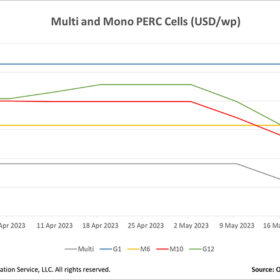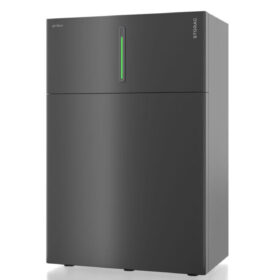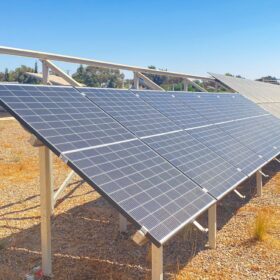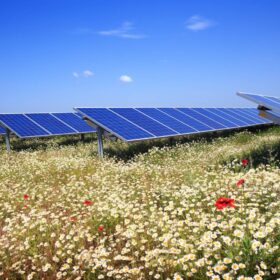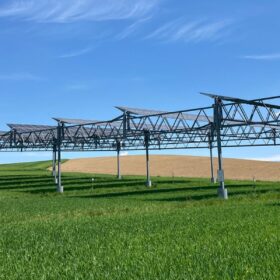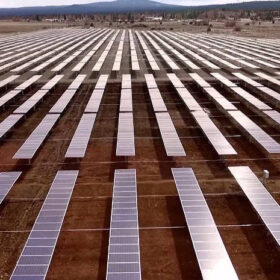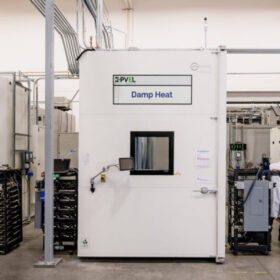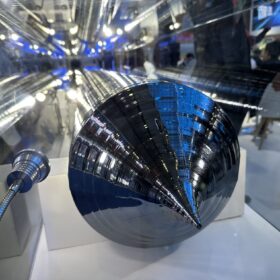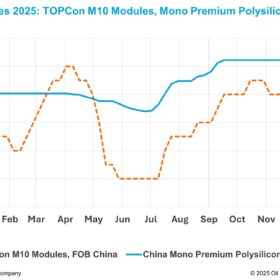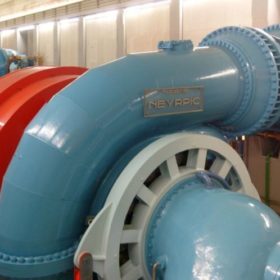Solar module prices hit 2-year low
The US National Renewable Energy Laboratory (NREL) has published a new report focusing on core benchmarks for PV prices, deployment, and imports.
Cell prices slip, weighed down by sustained falling upstream prices
In a new weekly update for pv magazine, OPIS, a Dow Jones company, provides a quick look at the main price trends in the global PV industry.
German manufacturer unveils 10 kWh residential redox flow battery
Prolux Solutions has developed a redox flow battery with a charging and discharging capacity of 4 kW and 5 kW of peak power. It is designed to be coupled with PV systems in homes with high consumption profiles.
Anti-soiling PV coating delivers 3% boost in energy production
A study conducted in the semi-arid weather conditions of Ben Guerir, Morocco, evaluated the performance of antistatic and hydrophobic coatings for photovoltaic solar panels. After nine months of operation, the PV panels with coatings developed by Portuguese company ChemiTek produced an average of 3% more energy than the uncoated ones.
Annual floating solar additions to top 6 GW by 2031, says WoodMac
The global floating solar (FPV) market is expected to keep up its steady growth, as the Asia-Pacific region continues to lead demand.
Building nature-friendly solar parks
Hungarian company SolServices has published a white paper outlining ways to make solar farms more compatible with nature and wildlife, from insects and amphibians to birds, bats, rodents and big game.
Agrivoltaics can mitigate effects of drought
A new study by the University of Hohenheim shows that shading from PV systems can improve agricultural yields, especially in dry periods, but additional research is needed.
Energy majors dominate list of world’s leading big PV developers
Wiki-Solar’s latest league table of utility-scale solar project developers shows that only six renewable specialists occupy the top 20 spots.
Biofuels vs. solar electricity for urban mobility
Solar electricity will have to compete with biofuels in the urban mobility landscape. Biofuels, however, have a very low energy productivity per hectare, as well as high requirements for fertilizers, pesticides, and water.
PVEL releases ninth edition of ‘PV Module Reliability Scorecard’
The PV Evolution Labs (PVEL) 2023 Scorecard identifies 250 solar modules from 35 manufacturers as “top performers.”

